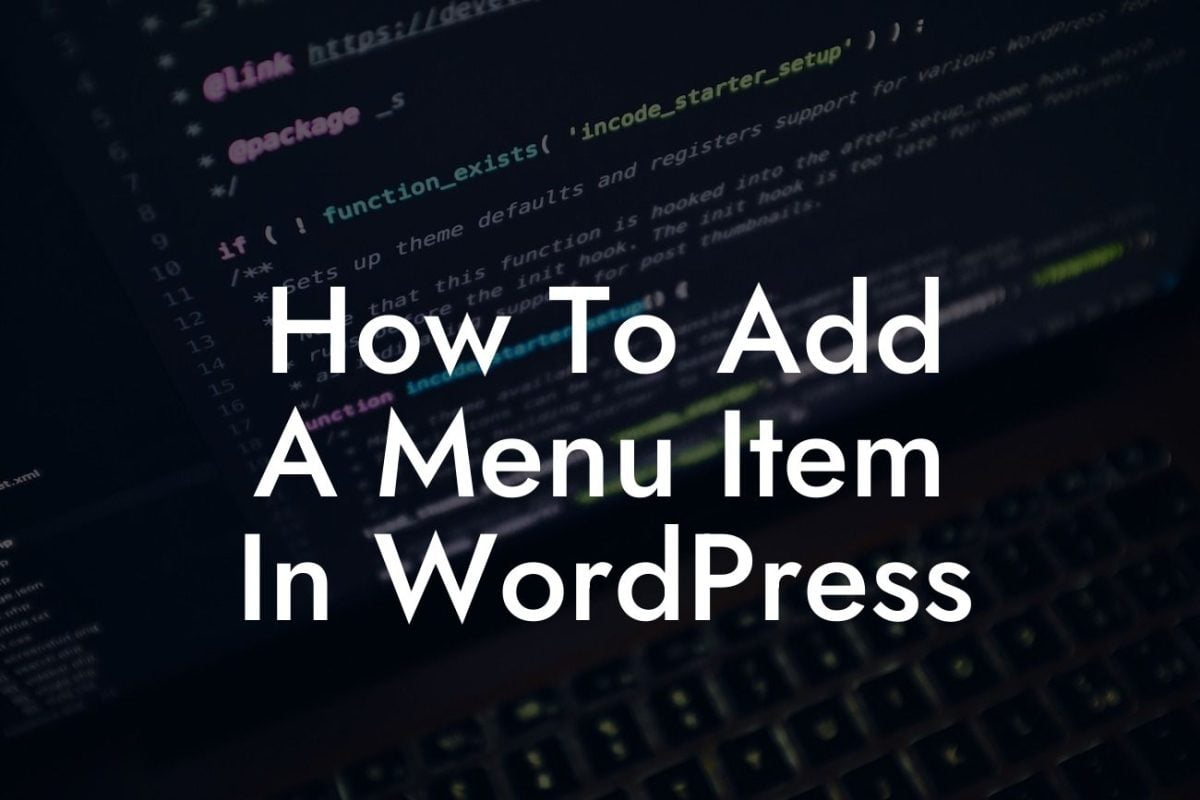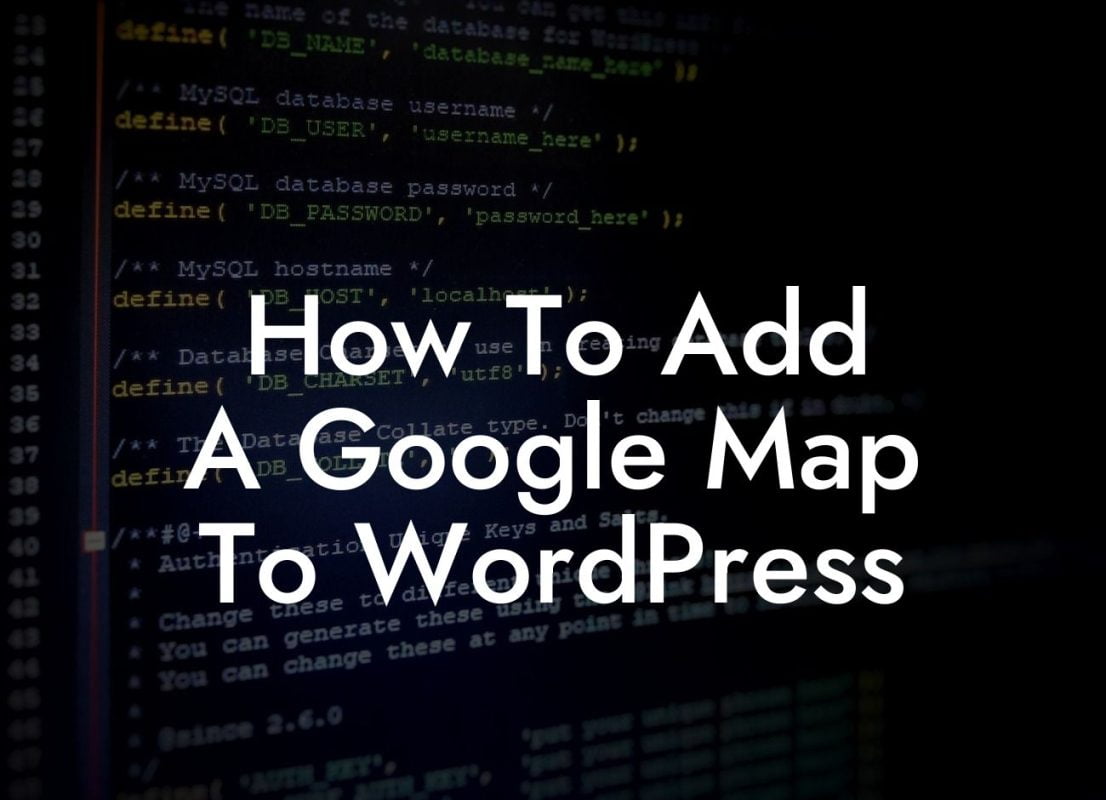Archiving your WordPress site is a crucial step towards maintaining a tidy online presence while preserving important data. Whether you're rebranding, revamping your website, or simply looking to keep a backup of your content, archiving enables you to efficiently organize and store your site's information. In this comprehensive guide, we will provide you with detailed instructions on how to archive your WordPress site successfully. Say hello to a clutter-free website and welcome the extraordinary!
H2: Why Archive Your WordPress Site?
Archiving your WordPress site offers numerous benefits. Not only does it provide you with peace of mind regarding data preservation, but it also allows you to maintain your website's performance and optimize its functionality. By archiving, you can effectively clean up outdated content and plugins, improving your site's speed and overall user experience.
H2: Step-by-Step Guide to Archive Your WordPress Site
1. Backup Your Site: Before proceeding with archiving, it's crucial to create a backup of your WordPress site. This ensures that you have a safety net in case anything goes wrong during the process. Utilize reliable backup plugins like DamnWoo's BackupBuddy to safeguard your site's data.
Looking For a Custom QuickBook Integration?
2. Review and Update: Conduct a thorough review of your website's content, plugins, and themes. Remove any outdated or obsolete elements that no longer serve the purpose of your site. Update any necessary plugins or themes to ensure compatibility.
3. Export Content: WordPress allows you to export your content, including posts, pages, comments, and media files, in a convenient XML format. Simply navigate to the Tools section in your WordPress dashboard and select the Export option. Follow the on-screen instructions to export your desired content.
4. Archive Media and Data: Download and save all media files, such as images and videos, to a separate storage location. Ensure that you organize them properly for easy access in the future.
5. Store Essential Files: It's important to store essential files, such as your WordPress theme files and any customizations you've made, in a secure location. This ensures that you can easily restore your site if needed.
How To Archive Wordpress Site Example:
Let's imagine you have a small business website built with WordPress and you decide to rebrand your company. Archiving your current site before making any changes will allow you to retain crucial information, such as customer data, while starting fresh with your new brand identity. By following the steps outlined above, you ensure a smooth and efficient archiving process, paving the way for a successful rebranding journey.
Congratulations on learning how to effectively archive your WordPress site! Now, take it a step further by exploring DamnWoo's extraordinary range of plugins designed exclusively for small businesses and entrepreneurs. Elevate your online presence and supercharge your success with our innovative solutions. Don't forget to share this article with others who might find it valuable and check out our other engaging guides on DamnWoo. Take control of your website's destiny and embrace the extraordinary today!













